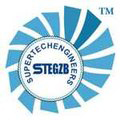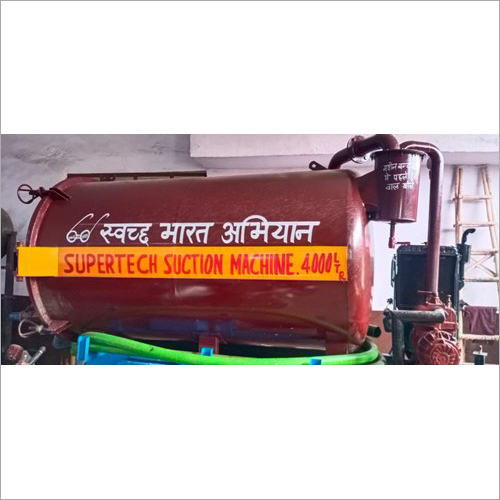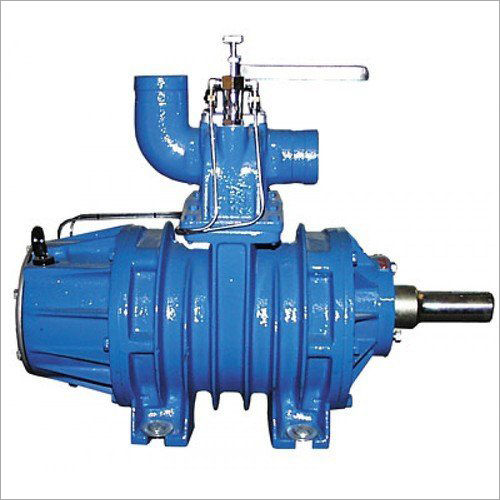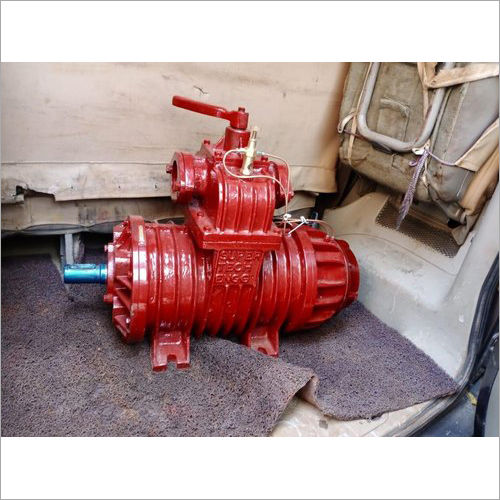Super Tech Sewage Suction Pump
45000 INR/Piece
Product Details:
- Color Red
- Product Type Super Tech Sewage Suction Pump
- Material Cast Iron
- Usage Other
- Application Maritime Metering Sewage
- Click to View more
X
Super Tech Sewage Suction Pump Price And Quantity
- 45000 INR/Piece
- 1 Piece
Super Tech Sewage Suction Pump Product Specifications
- Super Tech Sewage Suction Pump
- Cast Iron
- Maritime Metering Sewage
- Other
- Red
Super Tech Sewage Suction Pump Trade Information
- 10 Piece Per Week
- 1 Week
Product Description
A sewage suction pump is a specialized pump designed for the efficient removal of sewage, wastewater, and sludge from various sources such as septic tanks, sewage systems, and industrial facilities. It utilizes powerful suction capabilities to extract and transport the sewage to a designated location for treatment or disposal. Sewage suction pumps are built to handle high-solid content and corrosive materials, providing a reliable solution for sewage management and maintenance.
A sewage suction pump is a type of pump designed to remove wastewater and sewage from various locations, often used in residential, commercial, and industrial settings. Here are some key features and considerations:
Key Features:
1. Design
- Typically submersible or portable, allowing for flexibility in installation and use.
- Equipped with robust materials to handle corrosive substances and solids.
2. Power Source
- Electric or gasoline-powered options, depending on the application and mobility needs.
3. Capacity
- Various sizes and flow rates to accommodate different volumes of sewage.
4. Impeller Type
- Open or vortex impellers designed to handle solids and prevent clogging.
5. Float Switch
- Many models include automatic float switches that activate the pump when sewage levels rise.
Applications:
- Residential Draining septic tanks or basements during floods.
- Commercial Removing sewage from restaurants or hotels.
- Industrial Managing wastewater in manufacturing plants or construction sites.
Considerations:
1. Material Compatibility Ensure the pump is made from corrosion-resistant materials, especially if dealing with harsh chemicals.
2. Horsepower Choose a pump with adequate horsepower for the intended application to ensure efficiency.
3. Maintenance Regular inspection and maintenance are crucial for longevity and performance.
4. Regulatory Compliance Ensure the pump meets local environmental regulations for wastewater management.
Popular Brands:
- Zoeller
- Goulds
- Liberty Pumps
- Franklin Electric
Conclusion:
When selecting a sewage suction pump, consider the specific needs of your application, including flow rate, solid handling capability, and power source. Proper installation and regular maintenance will ensure effective operation and longevity.
Enter Buying Requirement Details






